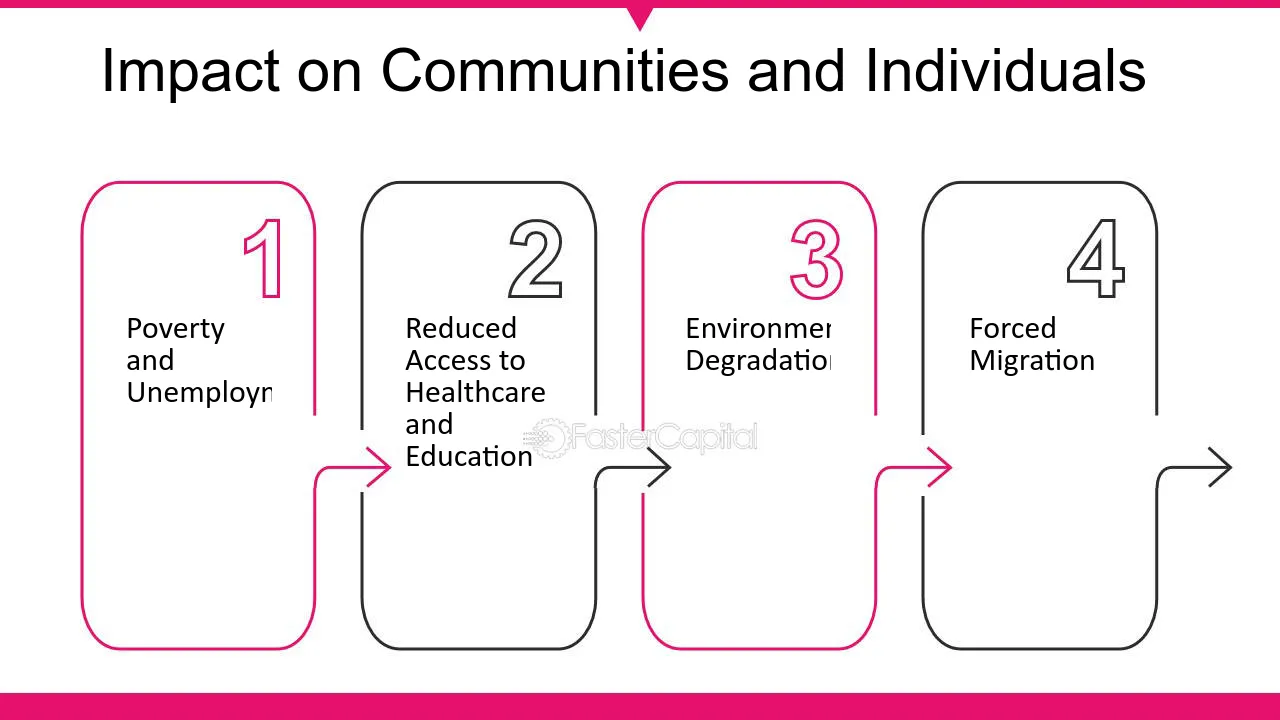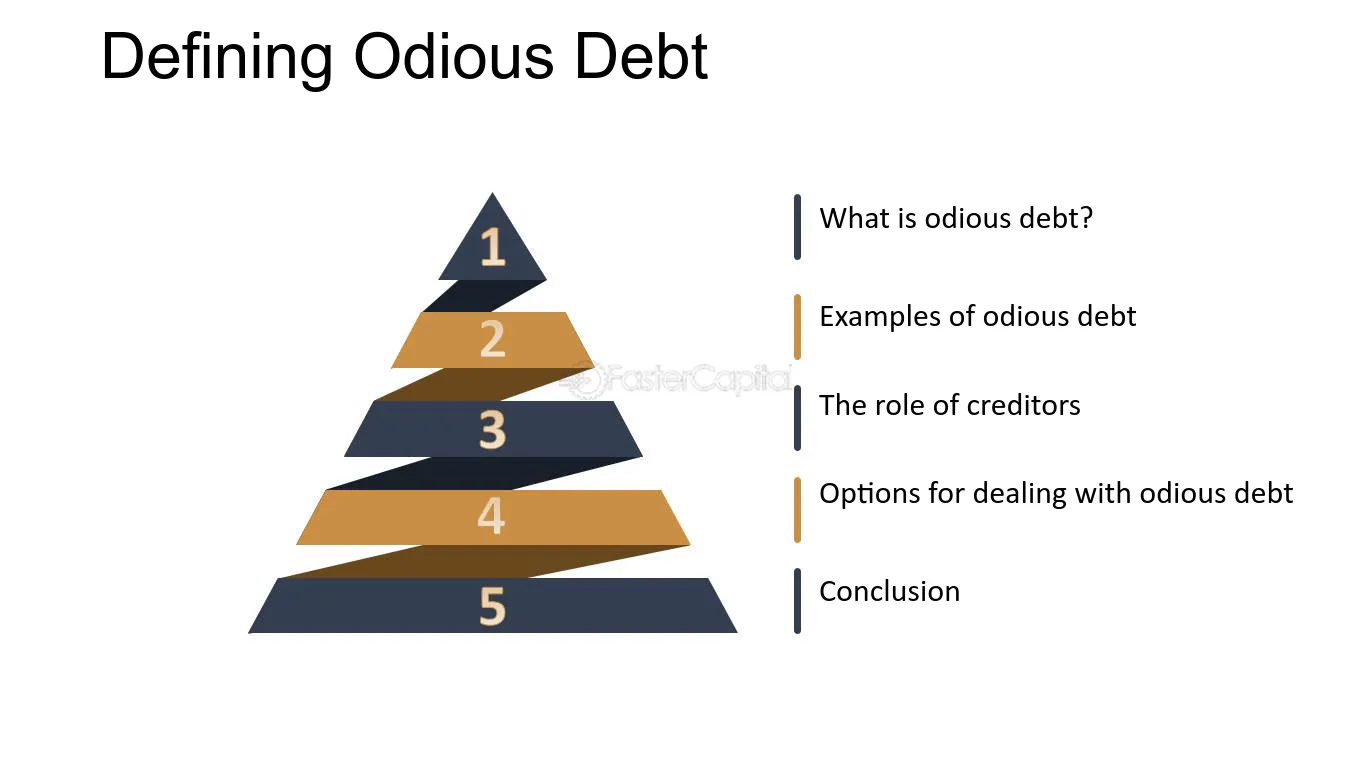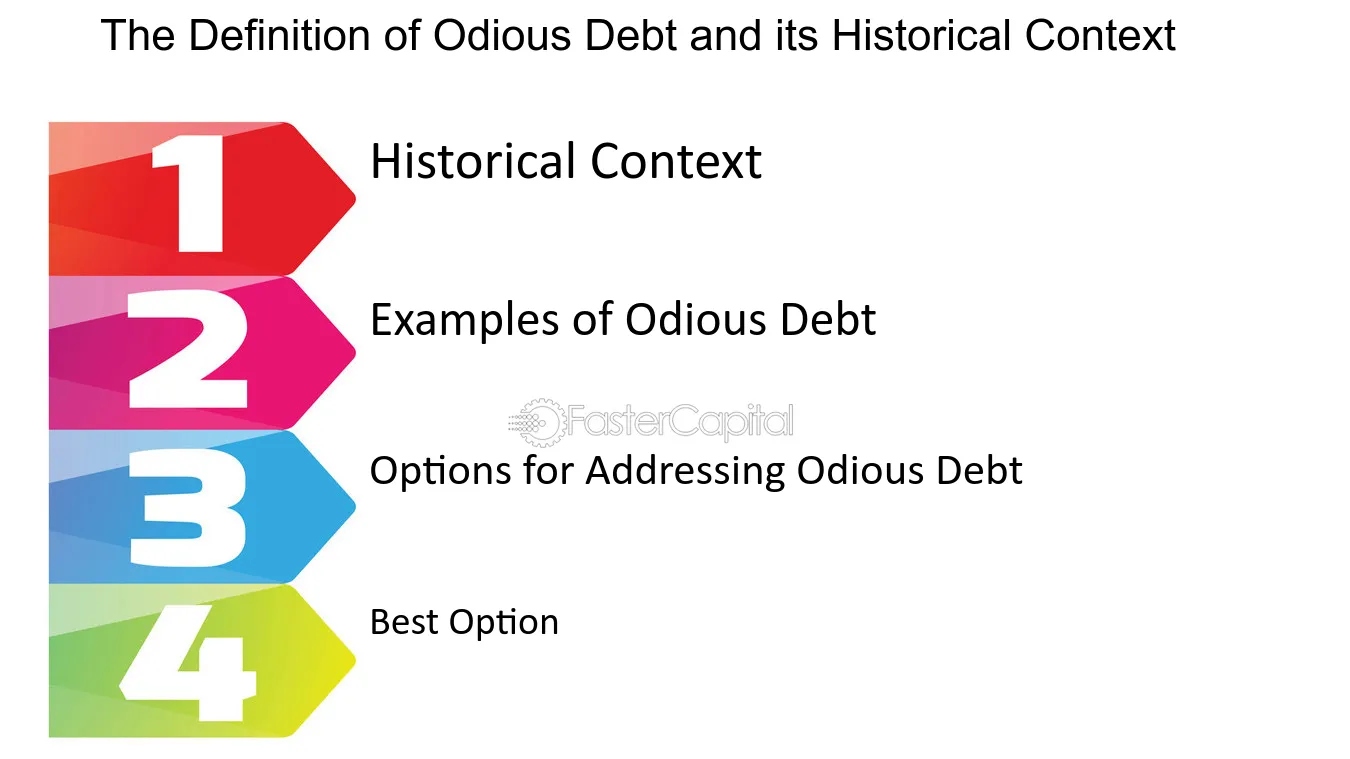What is Odious Debt?
Odious debt refers to a concept in international law that describes a situation where a country incurs debt that is not used for the benefit of its population and is instead used to enrich a ruling regime or to finance projects that are against the interests of the people. In other words, odious debt is debt that is incurred by a government without the consent or knowledge of its citizens and is used for purposes that are detrimental to the well-being of the population.
Odious debt can arise in various ways. It can be the result of corrupt practices, where government officials borrow money and use it for personal gain or to fund projects that do not benefit the country. It can also occur when a government borrows money to finance projects that are environmentally harmful or violate human rights. In some cases, odious debt can be the result of loans taken out by a previous regime that is no longer in power, but the current government is still obligated to repay.
Implications of Odious Debt
From an international perspective, odious debt raises important questions about the responsibility of lenders. Should lenders be held accountable for lending money to governments that use it for corrupt or harmful purposes? Should the burden of repaying odious debt fall solely on the debtor country, or should lenders share in the responsibility? These are complex issues that require careful consideration and debate.
Addressing Odious Debt
Efforts have been made to address the issue of odious debt. Some argue that odious debt should be considered null and void, and debtor countries should not be obligated to repay it. Others propose establishing an international mechanism to determine the legitimacy of debt and hold lenders accountable for irresponsible lending practices.
However, finding a solution to the problem of odious debt is not easy. It requires cooperation between debtor countries, lenders, and the international community. It also requires a commitment to transparency and accountability in financial transactions to prevent the occurrence of odious debt in the first place.
Mechanisms of Odious Debt

1. Corrupt Practices
One of the main mechanisms through which odious debt is created is through corrupt practices. In many cases, government officials or leaders borrow money in the name of the state but use it for personal gain or to finance projects that do not benefit the population. This can include embezzlement, bribery, or kickbacks from contractors. The borrowed funds are then considered odious because they were not used for the benefit of the people.
2. Lack of Transparency

Lack of transparency in the borrowing process is another mechanism that can lead to odious debt. When governments borrow money without proper oversight or public disclosure, it becomes difficult to ensure that the borrowed funds are used for legitimate purposes. This lack of transparency allows for the misappropriation of funds and increases the likelihood of creating odious debt.
3. Coercion

In some cases, odious debt can be created through coercion. This occurs when lenders impose conditions or terms that are detrimental to the borrowing country or its population. For example, lenders may demand the implementation of policies that prioritize debt repayment over essential public services, leading to the impoverishment of the population. In such cases, the debt can be considered odious because it was incurred under duress.
4. Illegitimate Borrowing
Another mechanism of odious debt is illegitimate borrowing. This occurs when loans are taken out by governments without proper authorization or in violation of constitutional or legal requirements. For example, if a government borrows money without the approval of the legislative body or in excess of its borrowing limits, the debt can be considered odious as it was incurred unlawfully.
It is important to note that these mechanisms are not mutually exclusive and can often overlap. Additionally, determining whether a debt is odious requires a thorough analysis of the specific circumstances surrounding its creation and use.

Emily Bibb simplifies finance through bestselling books and articles, bridging complex concepts for everyday understanding. Engaging audiences via social media, she shares insights for financial success. Active in seminars and philanthropy, Bibb aims to create a more financially informed society, driven by her passion for empowering others.
